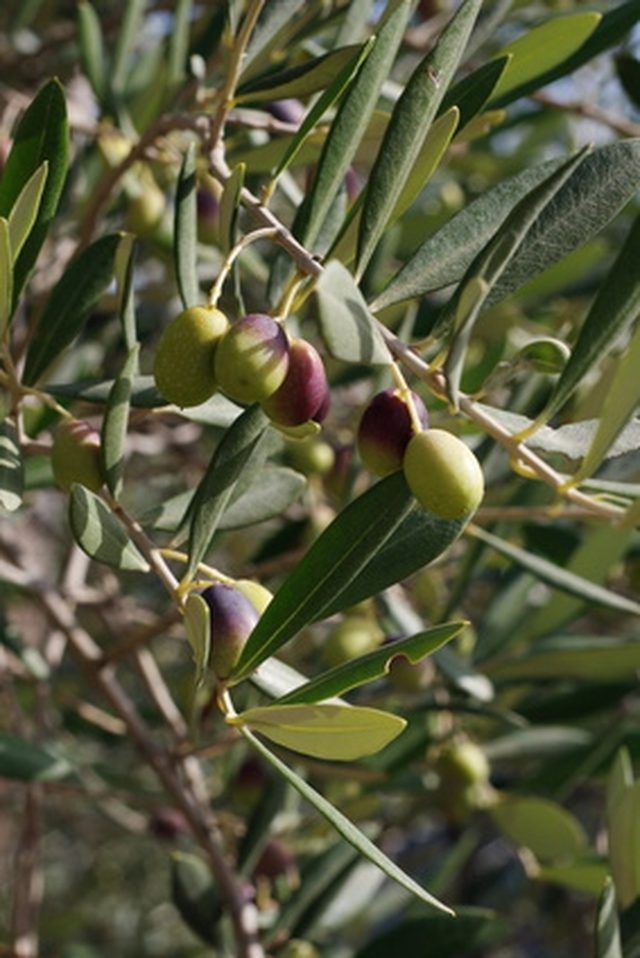Bulbs
Flower Basics
Flower Beds & Specialty Gardens
Flower Garden
Garden Furniture
Garden Gnomes
Garden Seeds
Garden Sheds
Garden Statues
Garden Tools & Supplies
Gardening Basics
Green & Organic
Groundcovers & Vines
Growing Annuals
Growing Basil
Growing Beans
Growing Berries
Growing Blueberries
Growing Cactus
Growing Corn
Growing Cotton
Growing Edibles
Growing Flowers
Growing Garlic
Growing Grapes
Growing Grass
Growing Herbs
Growing Jasmine
Growing Mint
Growing Mushrooms
Orchids
Growing Peanuts
Growing Perennials
Growing Plants
Growing Rosemary
Growing Roses
Growing Strawberries
Growing Sunflowers
Growing Thyme
Growing Tomatoes
Growing Tulips
Growing Vegetables
Herb Basics
Herb Garden
Indoor Growing
Landscaping Basics
Landscaping Patios
Landscaping Plants
Landscaping Shrubs
Landscaping Trees
Landscaping Walks & Pathways
Lawn Basics
Lawn Maintenance
Lawn Mowers
Lawn Ornaments
Lawn Planting
Lawn Tools
Outdoor Growing
Overall Landscape Planning
Pests, Weeds & Problems
Plant Basics
Rock Garden
Rose Garden
Shrubs
Soil
Specialty Gardens
Trees
Vegetable Garden
Yard Maintenance
How to Grow Olive Trees in the South
How to Grow Olive Trees in the South. Alabama, Arkansas, Florida, Georgia, Kentucky, Louisiana, Mississippi, North Carolina, South Carolina, Tennessee, Virginia and West Virginia makeup the southern U.S. states. Out of all 12 states, south Florida, which falls within USDA hardiness zone 10, is the only area that can sustain the healthy growth of...

Alabama, Arkansas, Florida, Georgia, Kentucky, Louisiana, Mississippi, North Carolina, South Carolina, Tennessee, Virginia and West Virginia makeup the southern U.S. states. Out of all 12 states, south Florida, which falls within USDA hardiness zone 10, is the only area that can sustain the healthy growth of olive trees. Olive trees thrive in the well-drained soils of USDA hardiness zones 10 and 11. If you want to grow olive trees in the south, and you live outside of south Florida, you will need to grow your olive trees in containers.
Things You'll Need
Seed starter tray with plastic cover
Sterile potting soil
Olive tree seeds
Water
Spray bottle
4-inch pots
Soil testing kit
Garden fork
Lime or peat moss
Soaker hose
Mulch
Fertilizer
Seed Germination
Fill a seed starter tray with sterile potting soil. Press one olive tree seed, ? inch down into the soil of each cell. Mist the soil with a spray bottle of water to dampen.
Place the plastic cover on the seed starter tray and set the tray in an area that receives bright, indirect sunlight. Maintain a temperature of 80 degrees F.
Remove the plastic cover from the seed tray when the olive seeds sprout. Germination can take up to nine months. During this time keep the soil moist and maintain the light and temperature requirements.
Transplant the olive tree seedlings in 4-inch pots when they develop their second set of leaves. Maintain moist soil, bright light and temperature conditions during the growth process.
Outdoor Planting
Prepare the soil for outdoor planting, if you live in south Florida, by breaking up large chunks of earth with a garden fork and testing the pH of the soil with a soil testing kit. Olives prefer to grow in well-drained, sunny soil with a pH between 5.0 and 8.5. The soil pH in south Florida varies. If your soil does not meet the required conditions, you will need to amend it.
Add lime to the soil if the results of the soil test reveal a pH below 5.0. Amend with peat moss if the pH of your soil is above 8.5. Add either of the required amendments according to manufacturer's instructions.
Plant the olive tree seedlings in the direct center of holes that match the size of their root balls. Space the holes approximately 20 feet apart. Backfill the holes after planting.
Soak the soil at a depth of 4 inches after planting. Use a soaker hose that will provide deep watering. Allow the top layer of soil to dry out in between waterings, maintaining moist soil at a depth of 4 inches at all times. Olive trees will only require supplemental watering during droughts once they are established.
Apply a 3-inch layer of mulch around the olive trees. A layer of straw or bark chips will help reduce weed growth and promote good drainage. Spread the mulch at least 6 inches from the wood of the olive trees to reduce pest infestations. Apply a nitrogen-based fertilizer to the soil around the olive trees after the first growing season. Apply the fertilizer per label instructions.
Container Growing
Transfer the olive tree seeds to larger pots once they outgrow the 4-inch containers. You will know it is time to change pots when the soil dries out quickly in between waterings, or when the roots begin to grow out of the drainage holes.
Feed the olive trees a diet of nitrogen-based fertilizer, applying the fertilizer according to manufacturer's instructions. Keep the olive tree plants well watered, allowing the soil to dry out in between waterings.
Keep the container grown olive trees in an area that receives bright light, maintaining a temperature of approximately 75 degrees F or above. In the south, you can place the containers on your balcony or patio. Just make sure that you bring the containers indoors when the temperatures drop below 30 degrees F.
Tips & Warnings
If you do not have access to a window that provides bright, indirect sunlight, setup a grow light that will mimic sun rays. You can maintain a temperature of 80 degrees F or above using a plant heating mat.
Harvest olives when they ripen. Ripe olives bruise easily so remove them from the tree carefully.
Do not over water the olive trees. Olive trees cannot tolerate standing water and may develop root rot as a result. Check the soil for moisture by pushing a PVC pipe into the soil at a depth of 4 inches. If the pipe enters the soil easily, skip the watering and check back again in a few days. If the soil is dry, making it difficult to push the pole down, water immediately.